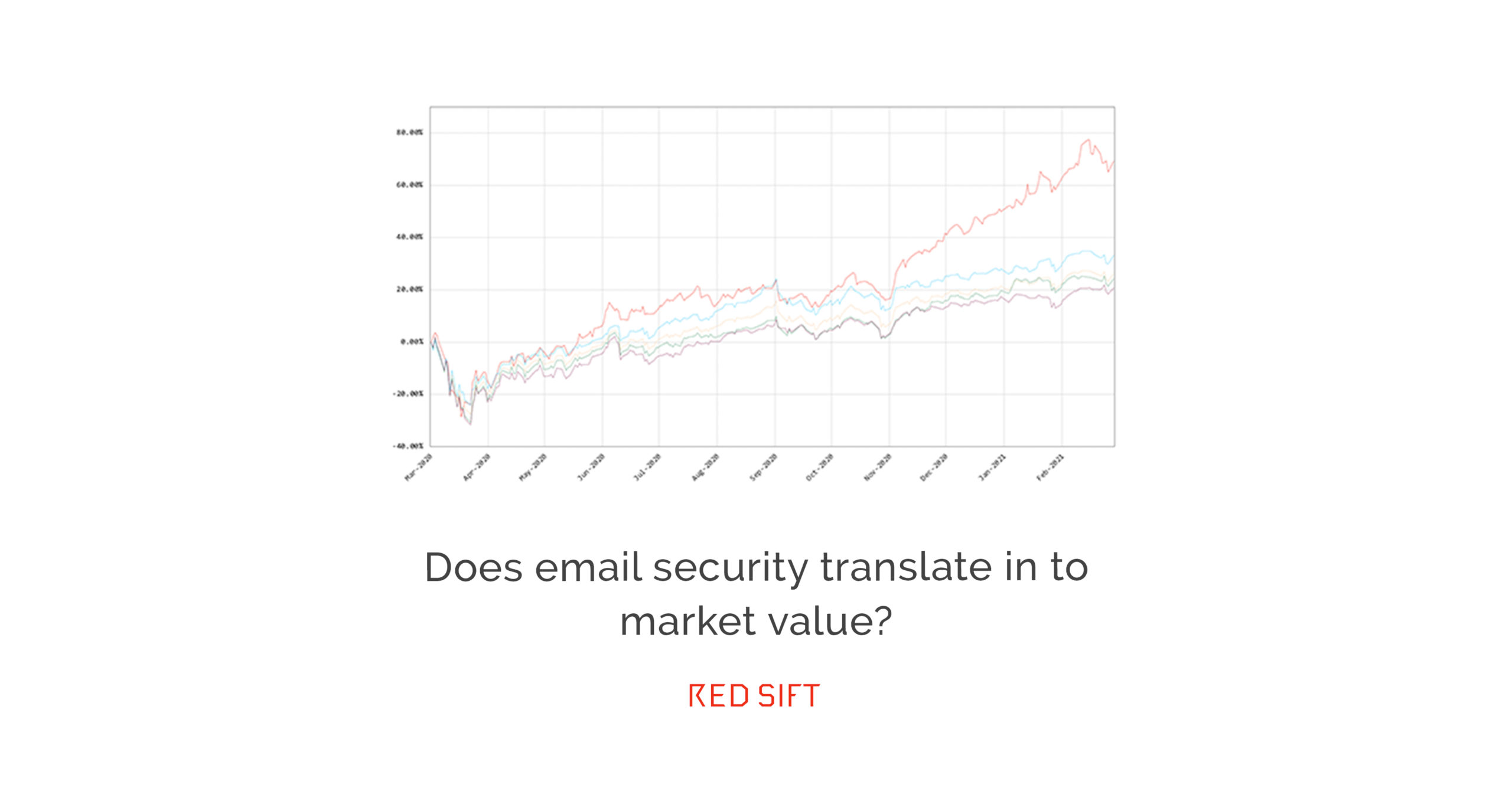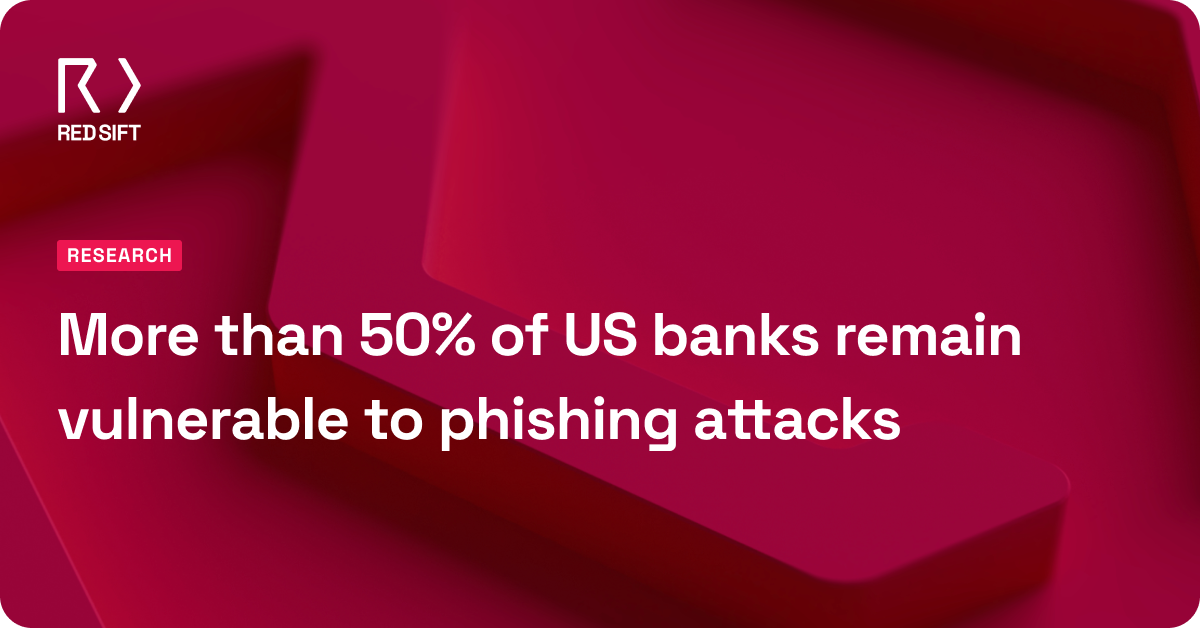There’s been a lot of attention focused on the public markets lately, so I spent a bit of time looking at how our customers have performed vs. the broader equity market since the pandemic began. The results are quite interesting.
The chart below shows a market-cap weighted index of Red Sift’s 25 largest listed customers vs the S&P500. We have also split the S&P into three different indexes based on their components’ DMARC compliance status.
A few observations
First, and most strikingly, the index of Red Sift customers significantly outperforms the market – by 43%. This is not as surprising as it may seem. Companies who choose Red Sift tend to be more focused on using software to gain efficiency and greater capability through automation – including but not only with their choice of cybersecurity vendor. Often, they are either technology companies themselves or understand that all companies are technology companies now.

Looking at the S&P500 at large
We split this into three other component indices based on their members’ email security compliance status with DMARC. So the “DMARC Compliance” index is made up only of the S&P500 members who are effectively blocking email impersonations on their domain, while the “DMARC reporting” index is made up of those companies who have started implementing DMARC but haven’t progressed to compliance, and finally, the last group who hasn’t bothered with DMARC at all. (What is DMARC?)
Here the results are just as telling: DMARC-compliant companies outperform the wider S&P500 by 7% (light blue line), while those with no DMARC at all underperformed by nearly 6% over the last 12 months (brown line) and those in DMARC reporting unperformed a bit less (2%, the green line).
This represents a whopping difference of $1.52 trillion in value over the year.
Of course, email security does not usually directly drive equity value, and this post is not trying to suggest that. However, one can hypothesise that companies with their email security house in order tend to be that way because they have the right decision frameworks in place. These decision frameworks have a higher chance of leading to the right outcome whether that is in the field of equity growth or cybersecurity. That said, breaches can very directly wipe millions off the value of a company – so this really is two birds with one stone. Email security is consistently near the top of the list for companies who have their priorities right.
So what are you waiting for to sort out your outbound email authentication? Use our free Investigate tool to find out how secure your email security setup really is.







